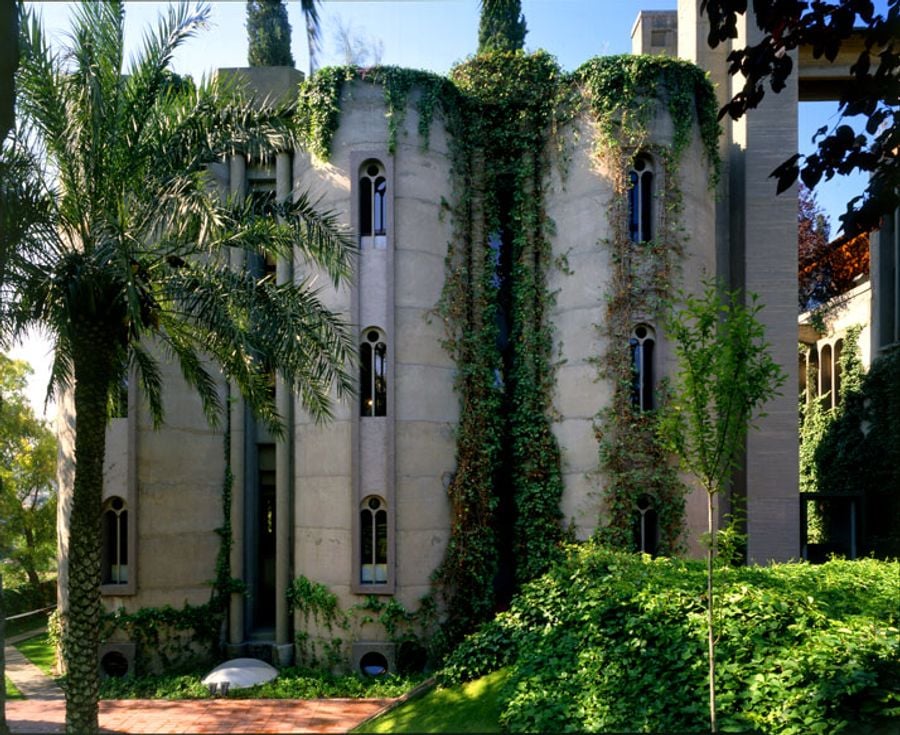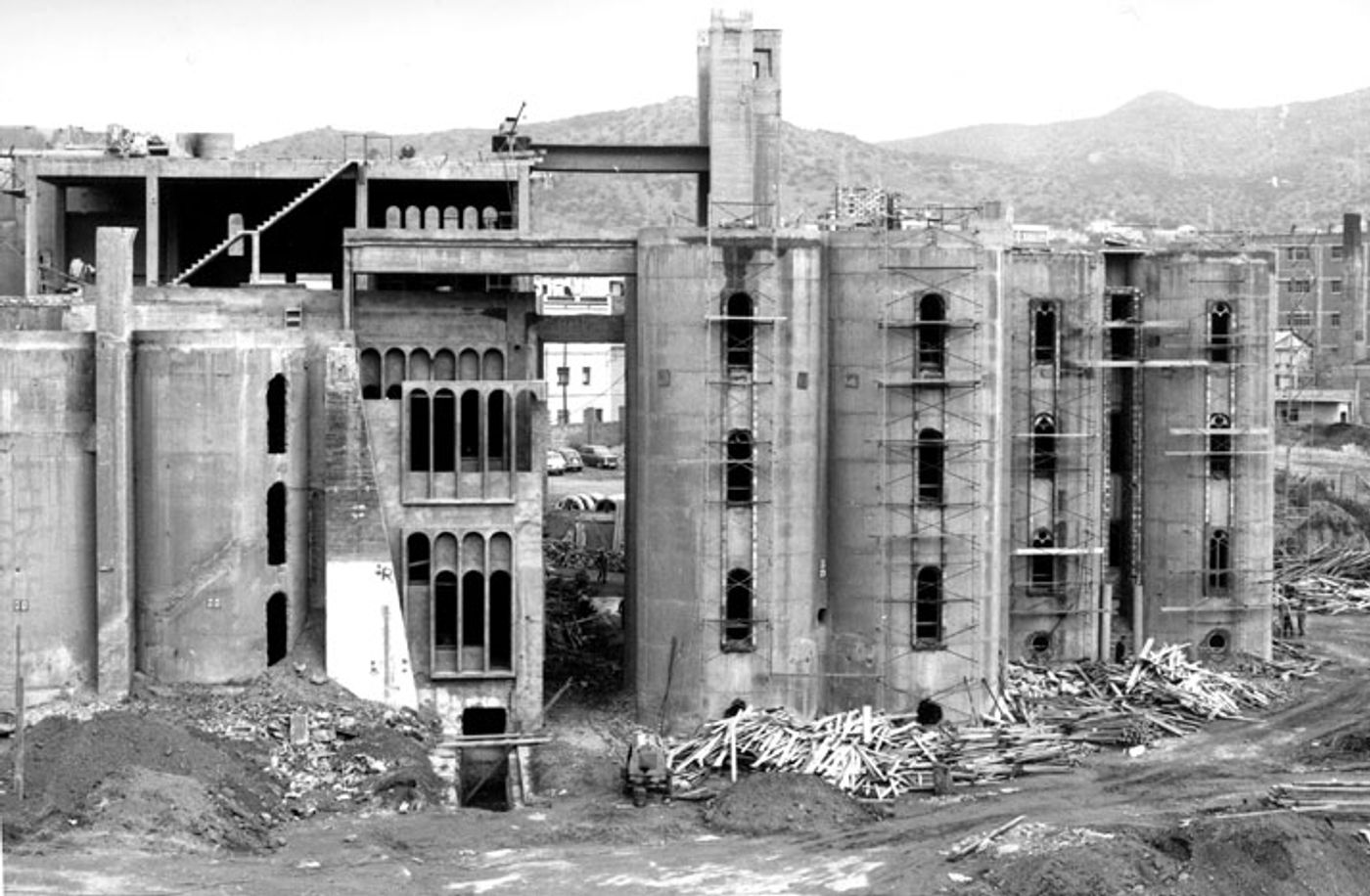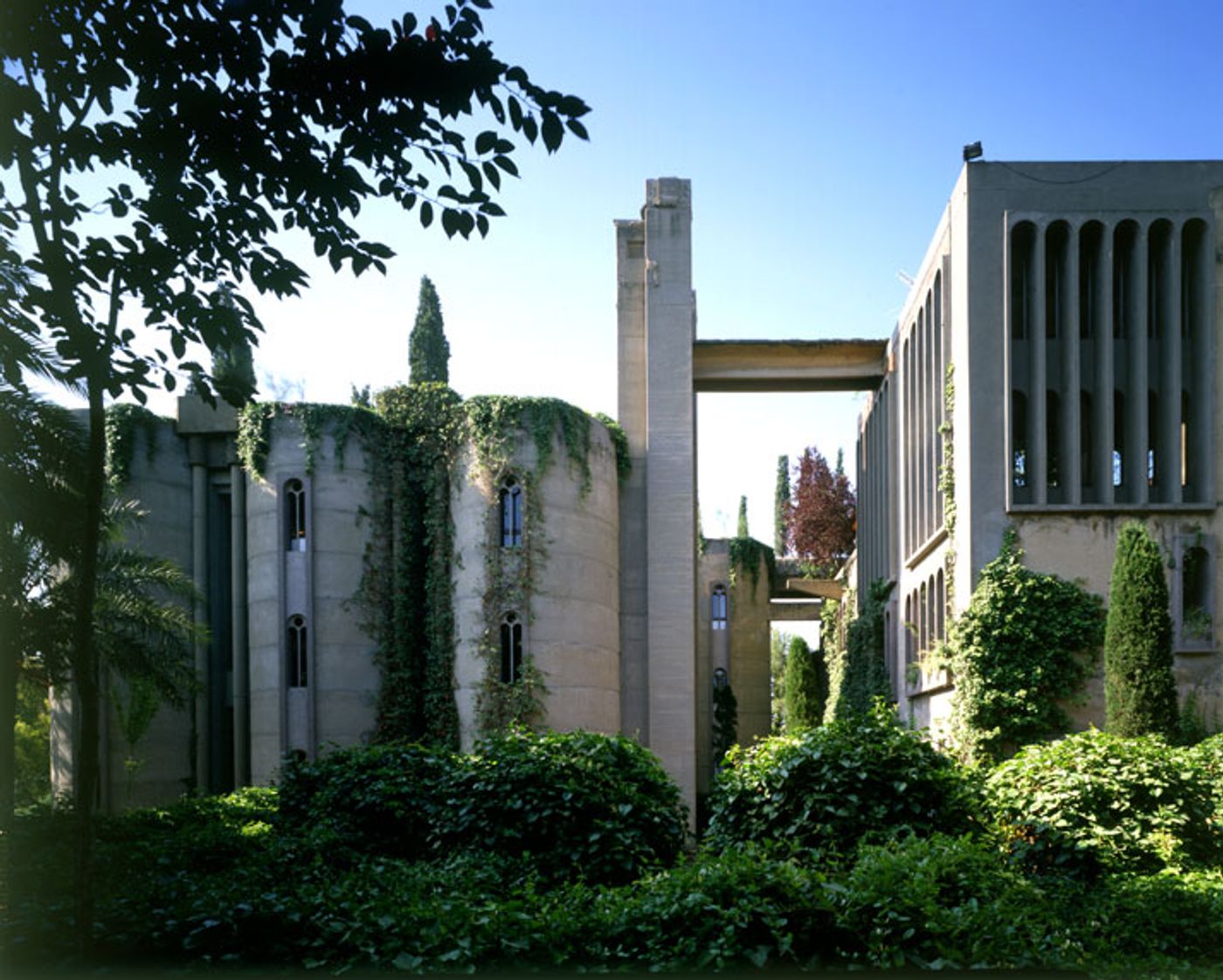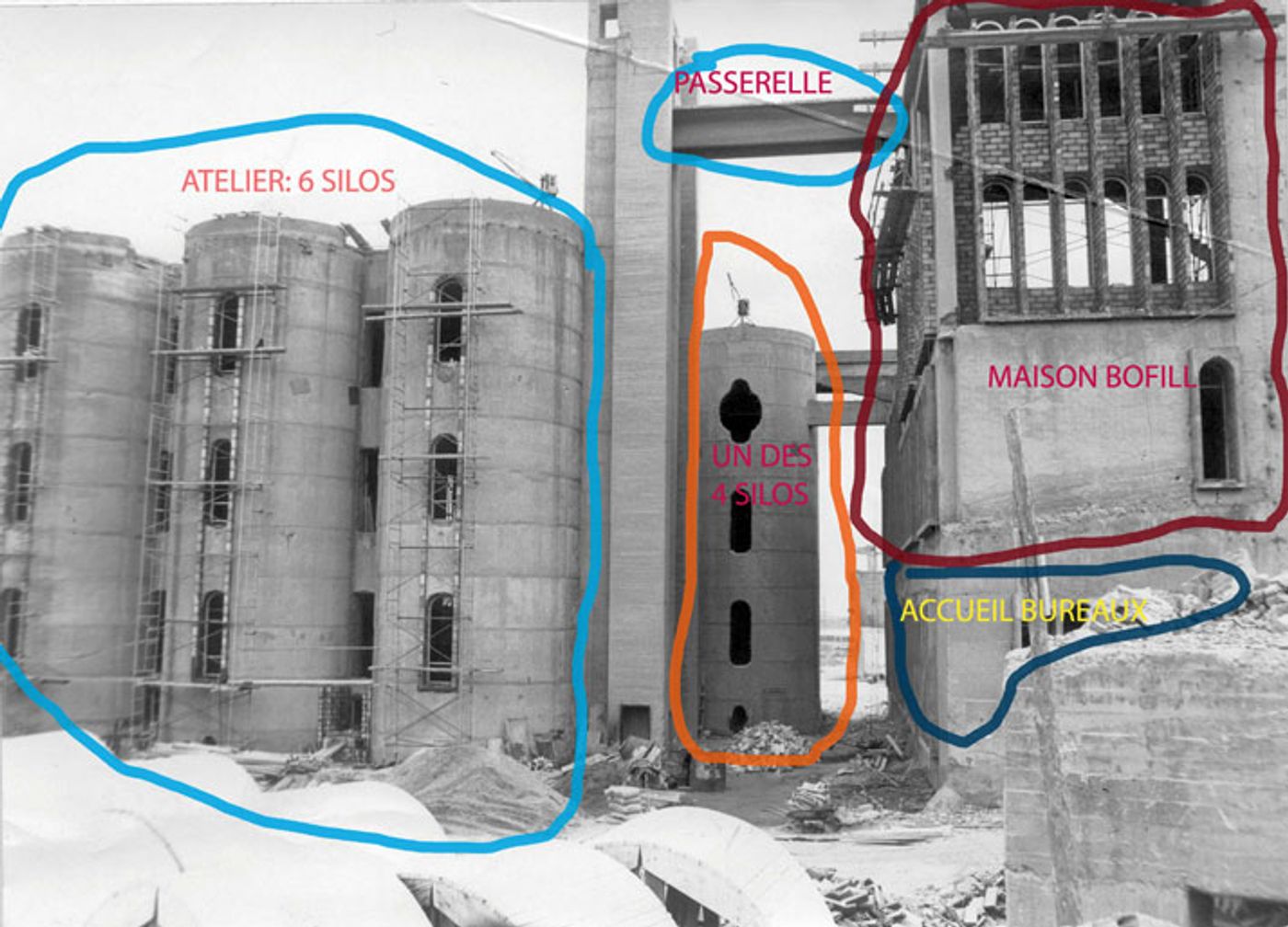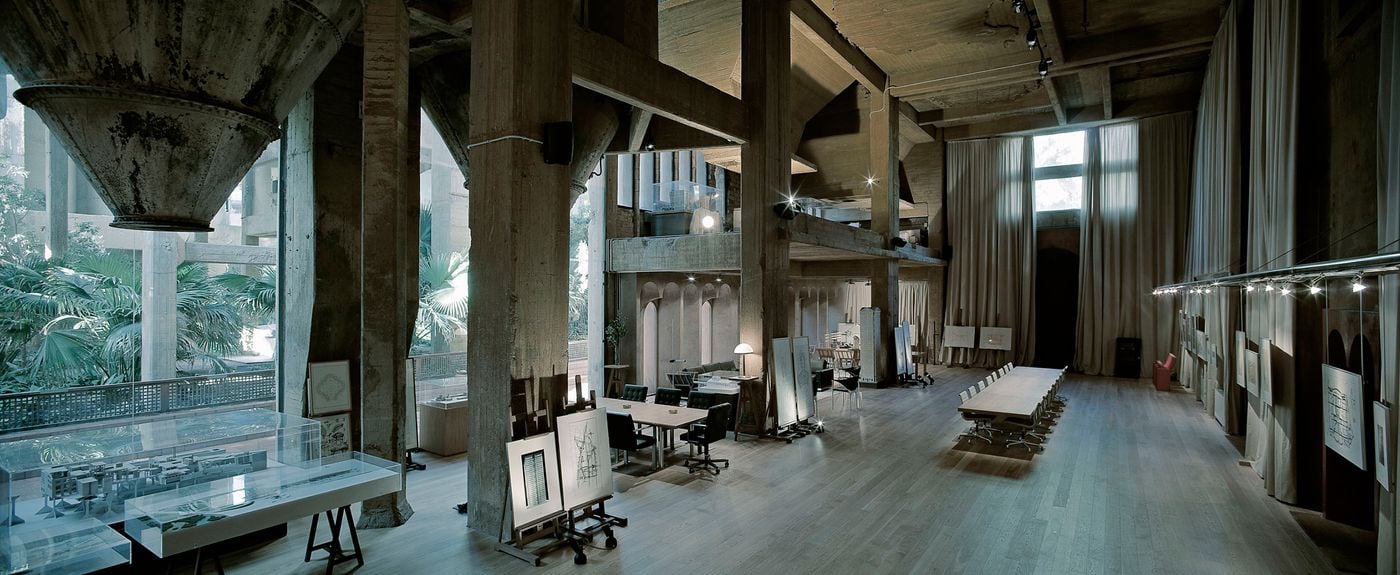
A former Cement Factory is now the workspace and residence of Ricardo Bofill
Words by Marcia Argyriades
Location
Barcelona, Spain
A former Cement Factory is now the workspace and residence of Ricardo Bofill
Words by Marcia Argyriades
Barcelona, Spain
Barcelona, Spain
Location
Architect: Ricardo Bofill
Program: Architectural offices, archives, model laboratory, exhibition space, Bofill’s apartment, guest rooms, gardens
Total Floor Area: 3,100 square meters, including gardens
House Area: 500 square meters
Completion Date: 1975
There are projects that, like a fine aged wine, grow more fascinating with time. Such is the case with The Cement Factory, Ricardo Bofill’s transformative masterpiece completed in 1975. Though decades have passed, it remains a testament to visionary architecture and artistic reinvention.
Special thanks to Katerina Xynogala, founder of Room Service design store in Greece, for sharing insights about this iconic project, which was recently featured in the Room Service catalogue.
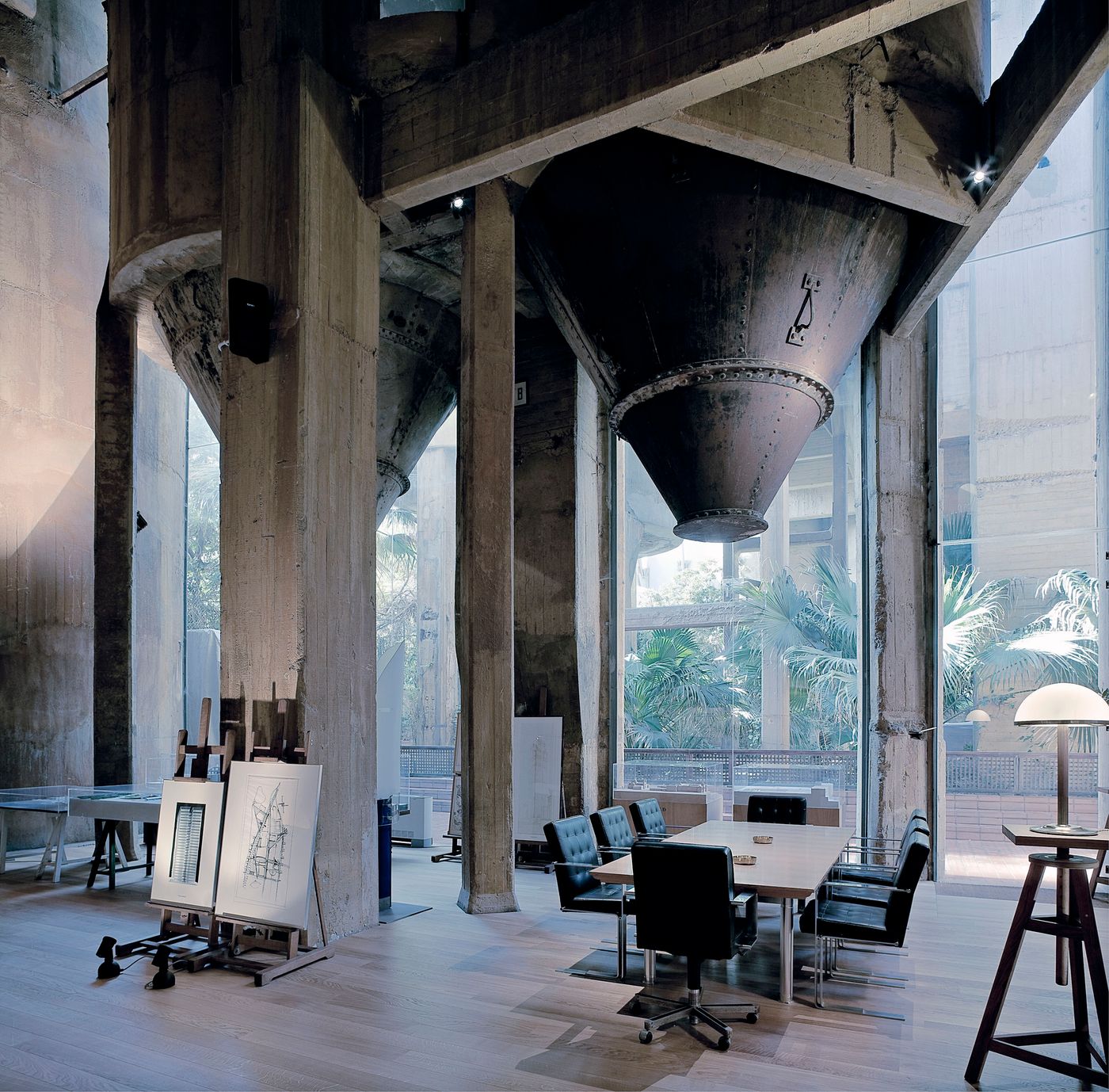
The Transformation
Discovered in 1973, The Cement Factory was an abandoned industrial site in Barcelona, partially in ruins, with over 30 silos, underground galleries, and massive engine rooms. Bofill saw beyond its decay and purchased the factory, embarking on an ambitious renovation that lasted nearly two years.
His vision was to transform the space into a multifunctional hub: architectural offices, archives, a model laboratory, exhibition space, a private apartment, guest rooms, and lush gardens. The renovation involved demolishing certain structures, cleaning cement surfaces, and exposing hidden forms while planting eucalyptus, palms, olive trees, and cypresses to redefine the landscape.

Image Courtesy of Ricardo Bofill.
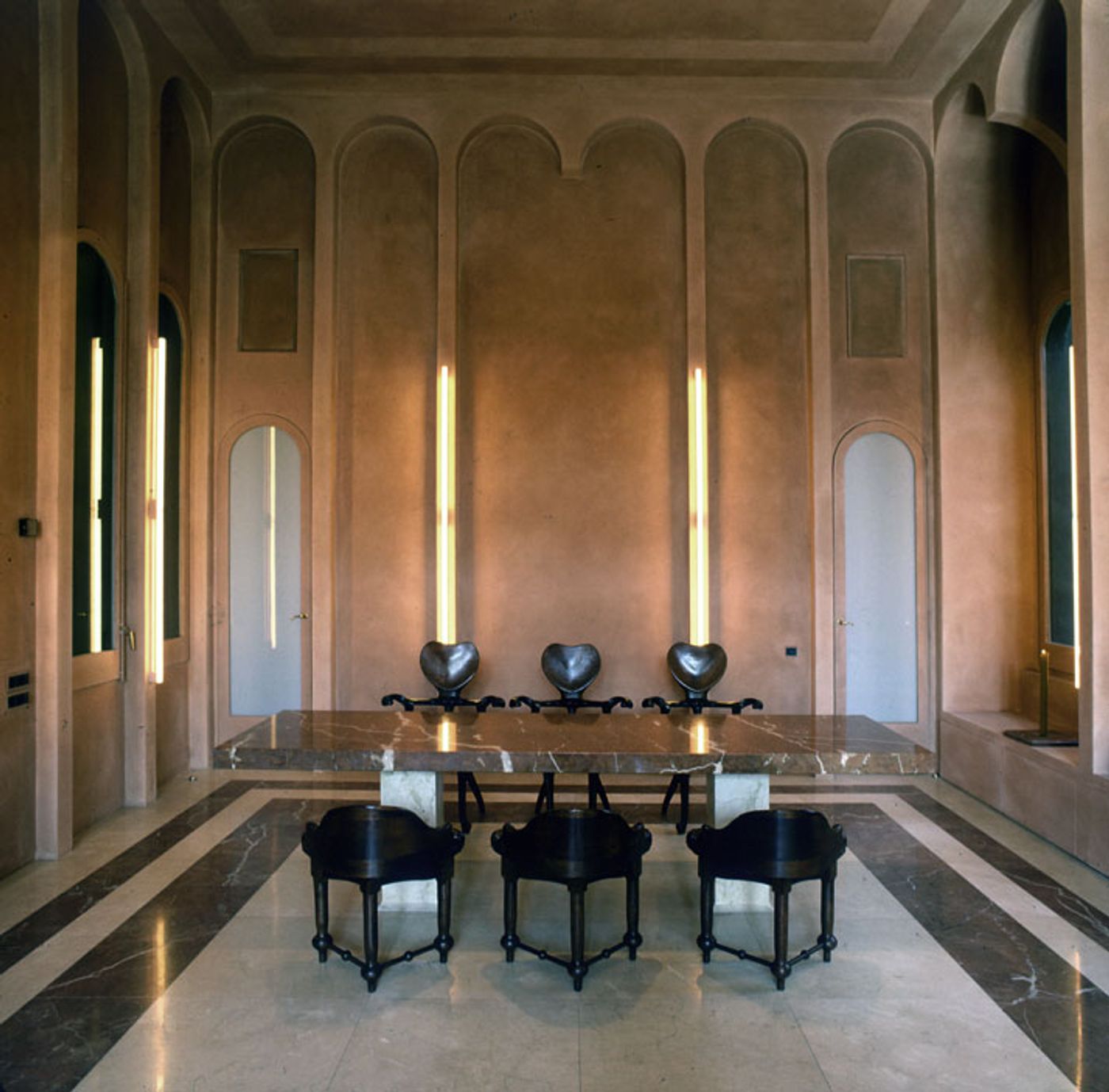
Image Courtesy of Ricardo Bofill.
A New Aesthetic Language
Bofill reimagined the factory’s spaces, integrating surrealist, abstract, and brutalist elements into his design. Paradoxical staircases that lead nowhere, voids filled with dramatic tension, and seemingly useless spaces became magical features of the site. He preserved the industrial brutality of the structure while sculpting it into a work of art.
The design blends historical architectural references with cultured elements in opposition to vernacular styles. Catalan craftsmen contributed to the transformation, ensuring that the project retained its raw authenticity while embracing an eclectic sophistication. Despite its completion, Bofill views The Cement Factory as an ever-evolving work of art, perpetually unfinished.
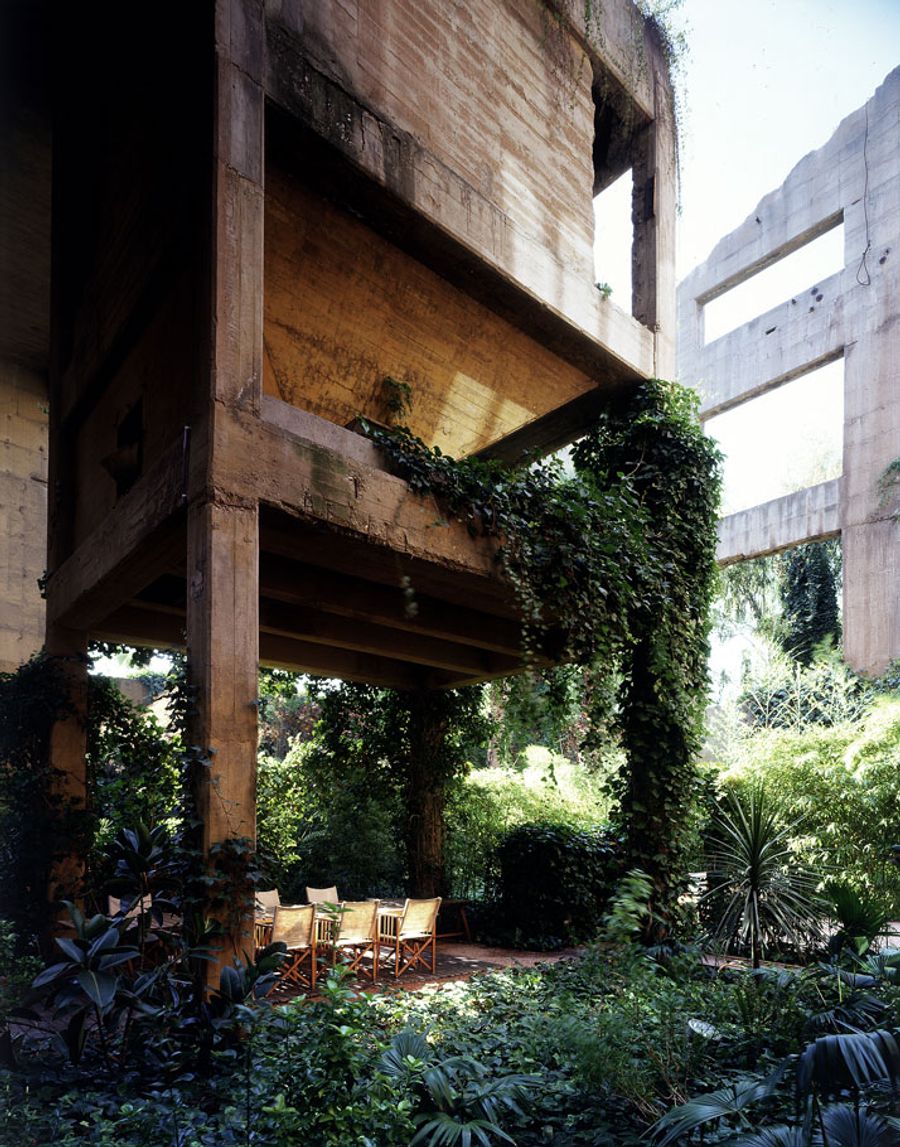
Image Courtesy of Ricardo Bofill.

Image Courtesy of Ricardo Bofill.
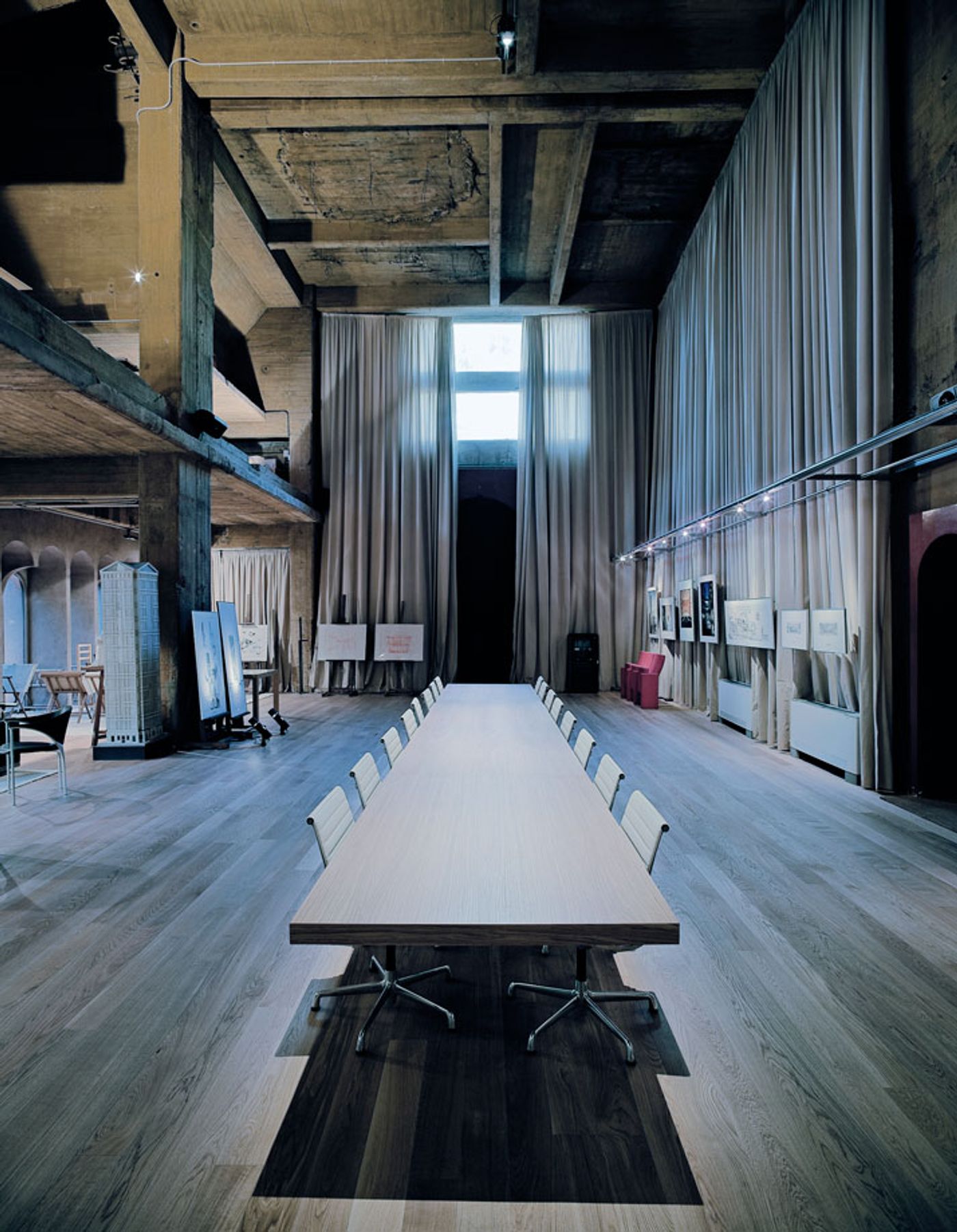
Image Courtesy of Ricardo Bofill.
Living and Working in The Cement Factory
The interiors reflect an intentional simplicity that emphasizes the grandeur of the space. Lofty ceilings, expansive windows, and abundant natural light create a serene atmosphere. Carefully curated furnishings complement the space:
• Casual slip-covered white sofas and tobacco-colored leather seating.
• Monochromatic rugs with minimal detailing.
• Inconceivably tall curtains that accentuate the verticality.
In the office areas, lengthy conference tables, leather chairs, and framed architectural prints add a professional yet artistic touch. Wooden easels displaying plans and drawings further underscore the blend of functionality and artistry.
For Bofill, The Cement Factory is more than a home or workplace—it’s a sanctuary for creativity. Here, he finds the clarity to concentrate, develop abstract ideas, and conceptualize groundbreaking projects.

Image Courtesy of Ricardo Bofill.
“To be an architect means to understand space, to understand space organized by man, to decipher the spontaneous movements and behavior of people, and to detect the needs of change that they might unconsciously express. It is essential to track down these issues if we want to contribute with our personal work to the history of architecture.”
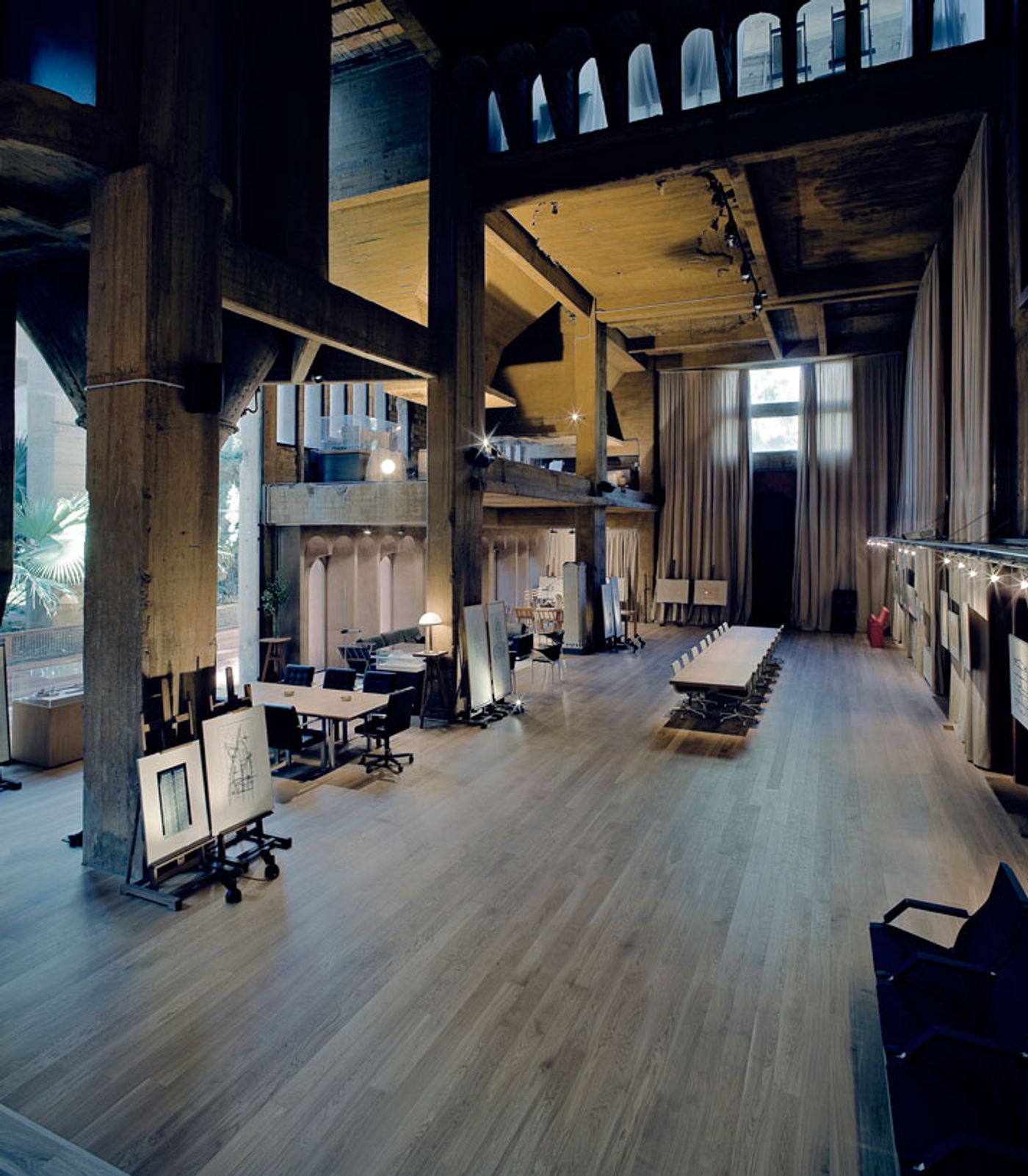
Image Courtesy of Ricardo Bofill.
A Testament to Visionary Architecture
Bofill once said:
“To be an architect means to understand space, to understand space organized by man, to decipher the spontaneous movements and behavior of people, and to detect the needs of change that they might unconsciously express. It is essential to track down these issues if we want to contribute with our personal work to the history of architecture.”
The Cement Factory embodies this philosophy. Its vast, textured spaces and interplay of light and shadow create a unique environment that is as functional as it is inspiring. Surrounded by transformed gardens that once served as a cement factory yard, the building is a harmonious blend of industrial rawness and refined elegance.
A Legacy of Reinvention
The Cement Factory is a masterpiece that continues to captivate architects, designers, and enthusiasts alike. It stands as a reminder of the potential for reinvention—how even the most utilitarian of spaces can be transformed into something extraordinary. With its monumental design, lofty interiors, and interplay of natural and industrial elements, it remains one of Ricardo Bofill’s most iconic projects—a living, breathing work of art.
